Mallow is more than just a risotto
Mallow is a famous Egyptian dish that originates from the ancient Egyptians and then spread to some Arab countries such as Morocco and Algeria. The basis of this eating is a plant of the marshmallows and the leaves of this plant are used in cooking mallow. This dish is served in the form of green soup.
Show key points
- Molokhia, also known as mallow, is an ancient Egyptian dish made from marshmallow plant leaves, prepared as a green soup.
- The dish gained royal status when the Fatimid Caliph Al-Mu'izz Li-Din Allah used it as a remedy for stomach pain and later had it cultivated in his personal gardens.
- Over time, molokhia transformed from a food exclusive to royalty into a common staple enjoyed by both the rich and the poor across Egypt and beyond.
- ADVERTISEMENT
- In 1805, the unusual ruler Al-Hakim bi-Amr Allah banned molokhia due to personal or societal reasons, including its rumored aphrodisiac effects.
- Rich in fiber, iron, and potassium, molokhia offers various health benefits like aiding digestion, reducing cholesterol, and supporting heart health.
- Preparing molokhia involves specific steps including achieving a perfect consistency known as "sweat" and the cultural custom of the cook making a loud gasp when adding the garlic and coriander mix.
- Regional variants across Egypt, such as "shlolo" in Upper Egypt and special recipes in Nubia, show the dish's versatility and strong cultural roots.
Where did the name "mallow" come from?
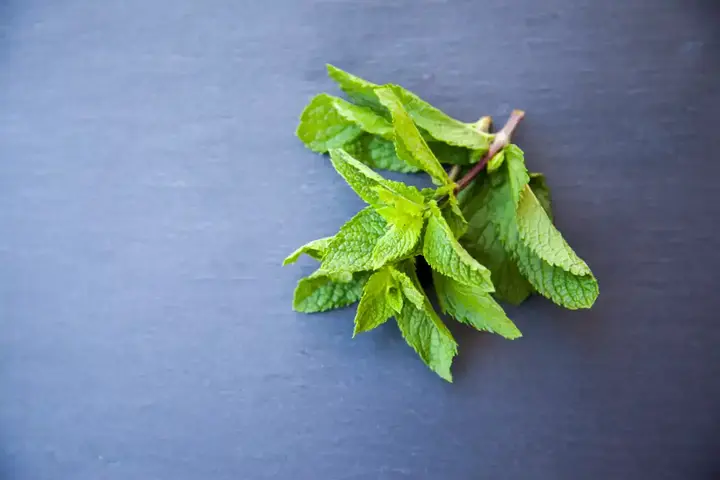
The story of naming began in the tenth century AD when one of the rulers of Egypt, Al-Mu'izz Li-Din Allah Al-Fatimid, fell ill and felt unwell in the stomach, so a doctor recommended him to mallow and it was not grown at the time in Egypt, so the king brought it and drank it and then began to feel better. Al-Mu'izz li-Din Allah then ordered the Fatimid to grow mallow in his garden so that he could use it whenever he wanted. Al-Mu'izz imitated his friends and his entourage, so they planted mallow like him, so it was limited to the attic of the people at that time. Hence, the mallow medium became popular as a healing soup and as food that only kings eat, hence the food called "kings", that is, the food that kings eat. The name of this dish has changed over time to become "Molokhia" and is no longer limited to kings, but vice versa. Mallow today is a simple vegetable eaten by rich and poor alike, so you find it on the ground next to a loaf of bread and you may find it in the most luxurious restaurants next to the most expensive meat and grills. If you search, you will find that most of the restaurants near you serve molokhia, no matter how much your location is inside Egypt
Recommend
Why was mallow banned at one time?
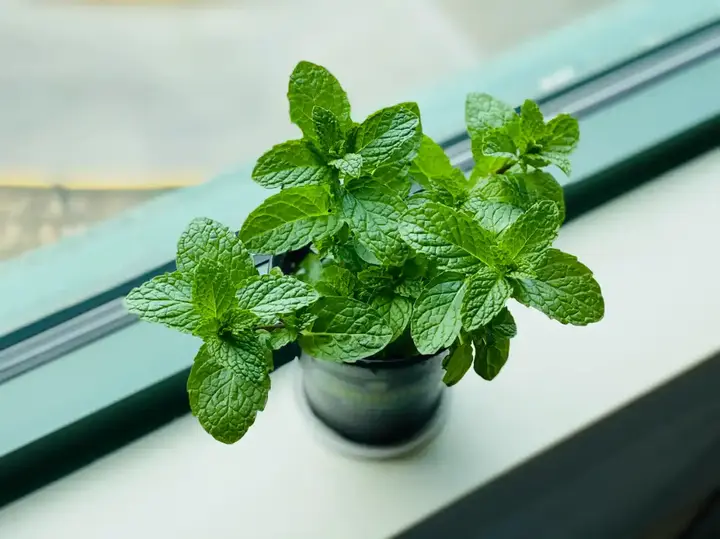
It is said that in 1805, specifically in the Fatimid era, the caliph al-Hakim bi-Amr Allah, one of the rulers of Egypt at the time and was known for issuing strange rulings, forbade eating mallow. Gossip abounded about the reason for this decision. It is said that he forbade it because it was a food close to the hearts of the people of the Levant and famous among them, while the ruler hated Muawiyah, the Umayyad caliph. In another version, it was said to have been banned because it was famous for increasing sexual arousal in women, which contradicted the nature of society at the time. But does mallow really have this effect?
The benefits of mallow
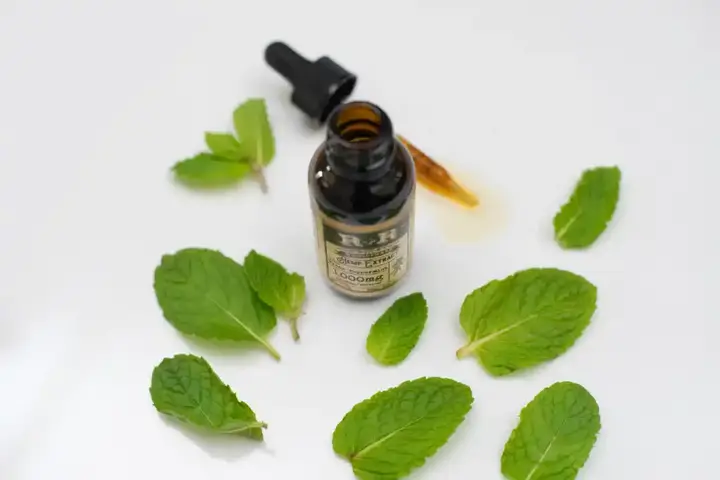
In fact, the story of the ruler of Egypt, whose mallow helped him soothe his stomach aches, was not a legendary one. Mallow contains a large percentage of fiber that regulates digestion and relieves irritable bowel pain. Like other green leaves, mallow leaves contain a large amount of iron that protects against anemia. Mallow also contains potassium, which is extremely important for heart health and blood pressure.
As we mentioned that the high fiber content in mallow leaves helps the health of the digestive system, these fibers also help reduce the level of bad cholesterol and thus help heart health, theoretically...
How to cook mallow
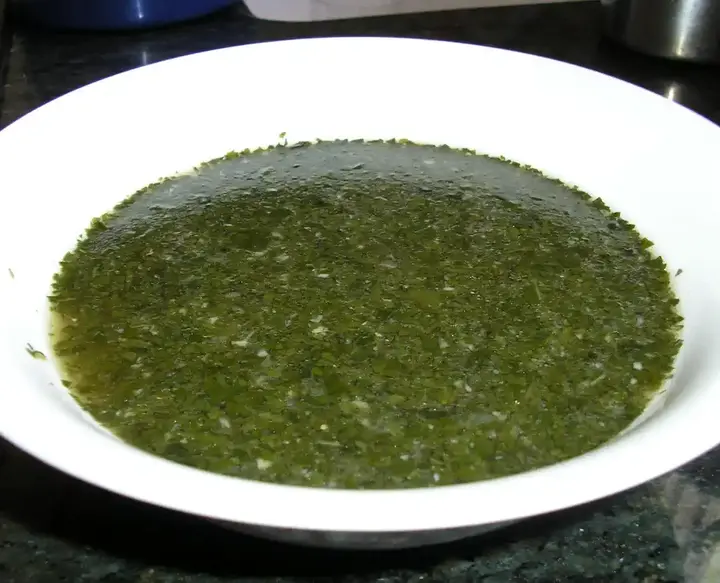
After mentioning all these benefits, we must conclude that mallow is a very useful eater, and you have other additions and opinions for the Egyptians.
The traditional Egyptian way of cooking mallow boils down to these points:
Wash and dry mallow leaves and turn them with a lathe machine. (This machine has disappeared among the new generations that use frozen lathe mallow beforehand)
Prepare a soup from chicken, meat or bird broth and add mallow leaves to the soup.
And in this step lies one of the secrets of successful mallow, the so-called "race". Sweat is the required consistency of mallow if the amount of soup water increased more than required became mallow liquid and lost that "sweat". The ideal texture of mallow is known by placing some of the mallow after preparing it in a spoon and lifting the spoon for a short distance from the dish if completely separated from the dish is unsuccessful molokhia. If we find between the spoon and the mallow dish a liquid line of mallow, this is an indication of its good texture and the presence of the required "sweat".
This step is the most dangerous step which is the preparation of the "Tasha" or as some call it "Taqliya"
Tasha mallow is butter or ghee with garlic and dry coriander. In this step, every Egyptian decides whether he wants to benefit from the benefits of mallow for heart health or decides to add huge amounts of ghee and loses this benefit!
Because mallow is a story and a complete experience and not just a delicious dish with high nutritional value, of course the way of cooking is far from ordinary. Mallow is almost the only dish that has a voice. This sound is a "gasp".
Molokhia gasp
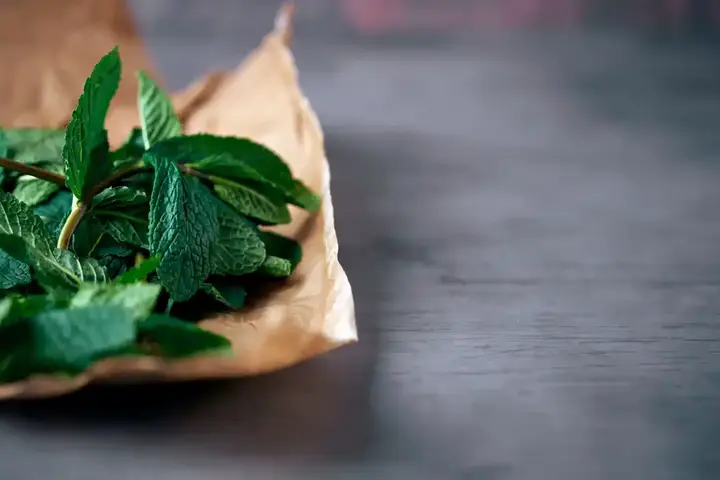
A gasp is a deep inhale taken with an open mouth and loudly. This gasp is an Egyptian custom that is still timeless as the Egyptians believe that mallow is never delicious unless its chef makes a gasp sound when adding the tasha to the mallow.
And of course this gasp is a tale!
The first legend of the mystery of gasping dates back to one of the palaces of the rulers of ancient Egypt, and it was known about that ruler that he was quick to anger and that delaying eating made him lose his temper. One day, one of the chefs in the palace was preparing mallow for the king and was a little late, so one of the king's guards opened the door forcefully to rush the chef, and the chef gasped in fear. It is said that the mallow on the same day was one of the most beautiful times that the king ate mallow and those in the palace attributed the reason to the gasp because it was the only different thing that happened that day because the same chef prepared it every time and used the same materials;
The second story goes back to an ordinary woman who was preparing mallow for her family and when she grabbed the bowl that had been prepared by the tasha to transfer it to the mallow the bowl tilted from it and almost fell so the woman gasped in fear and succeeded in restoring the bowl and saved the tasha. Of course, her mallow day was tastier than ever, probably because of the gasp!
For hundreds of years and to this day, mothers have refused to cook mallow without the famous gasp. Most of them have never ventured and try preparing them without gasping. Even if it doesn't affect the taste, Egyptians won't give up their legacy of gentle habits that make life in Egypt taste so special.
Is mallow prepared in the same way all over Egypt?

Egypt is a very large and sprawling country and each region in Egypt has its own customs, traditions, accent and, of course, its mallow. Even if you are a true Egyptian and have not left Egypt in your entire life, you have probably not tasted all kinds of mallow. In Cairo, Alexandria and the Delta, mallow is prepared from green leaves lathe in the manner already mentioned. As for the people of Upper Egypt, they love their molokhia, as they love tea, dark. Therefore, the people of Upper Egypt use mallow leaves dried in the sun, so the leaves lose their light green color and become dark and give a completely different taste from the mallow prepared with fresh leaves. There is another way that the people of Upper Egypt are distinguished by and they call it "Shlolo" or "cold mallow", which is a mallow leaves prepared without heat with cold water with the addition of hot chili and lemon. This dish is one of the easy-to-prepare Upper Egyptian dishes that women prepare anywhere because they do not need fire, fuel or any special equipment to prepare them. As for the Nubia, they eat mallow in another way. The Nubians do not cut the mallow leaves but add dried okra to them and rub them with an authentic Nubian tool called "mafrak".
How to serve mallow?
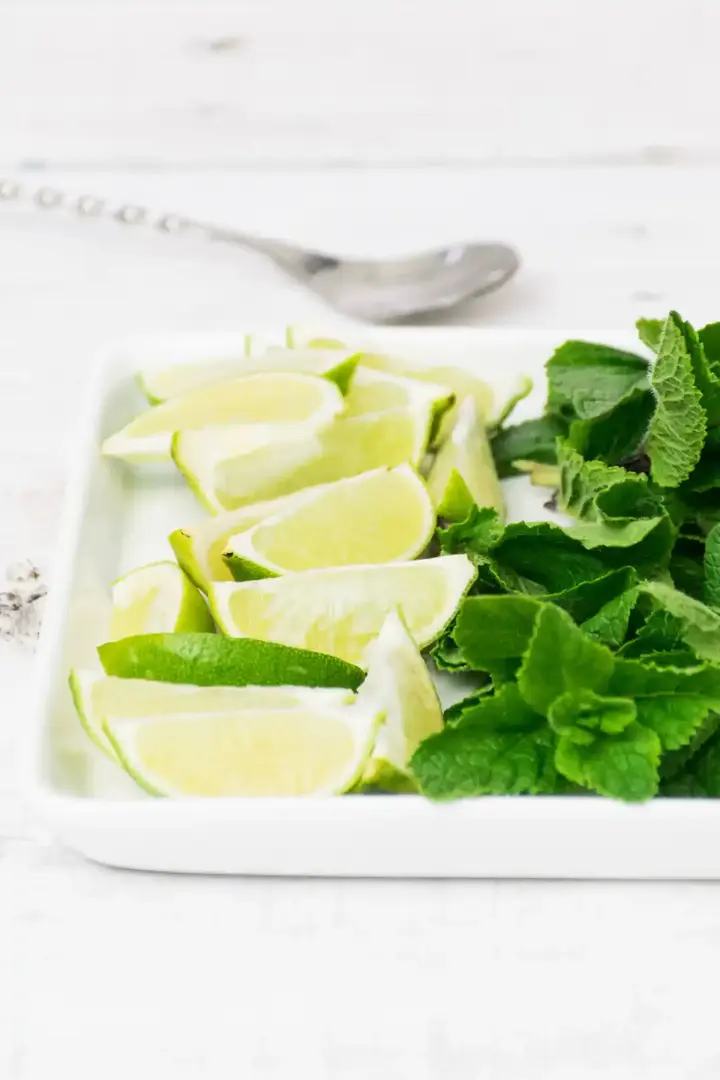
Mallow is also prepared in different ways, it is also served in different ways. Mallow is the most beloved food of Egyptian children not only for its delicious taste, but for its ease of swallowing. One of the most useful foods for children, which mothers prepare for their children immediately after weaning, is mallow, rice and rabbits, as the mallow sticks to the rice and cuts with them rabbit meat into very small pieces, so it becomes a useful and integrated meal with all the nutrients from protein, fat and carbohydrates.
As for "shlolo", and because it is an easy food, as we mentioned, the Upper Egyptian woman prepares it on the day of bread due to her lack of time. Serve cold shlolo with freshly baked hot sunbaking. Many Egyptians prefer to "dip" mallow by living with the so-called "cat den" where a small part of the bread is cut and held like a small coodin cat to contain mallow.
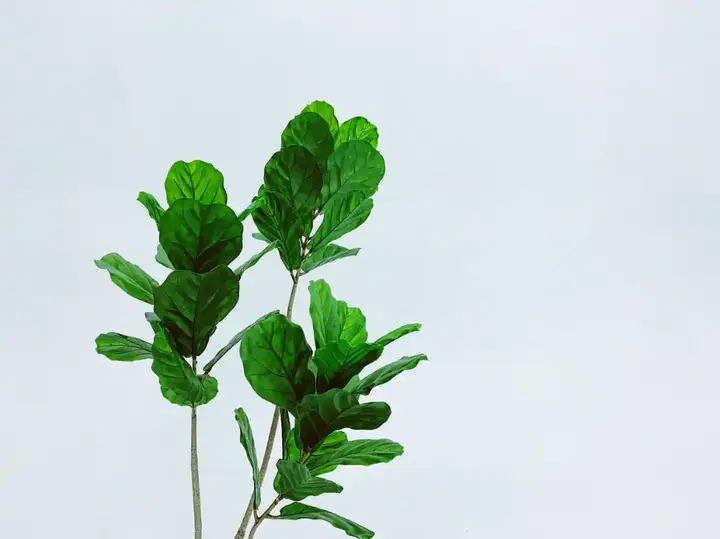
Mallow is an authentic Egyptian folk heritage that unites on its love small and large, rich and poor. Molokhia, like most things in Egypt, has stories, legends, history, customs and traditions, but the most important thing is that families, neighbors and friends gather around this unusual dish that has been witnessing new conversations and stories every day for hundreds of years until today, crowning the tables of Egyptians.








